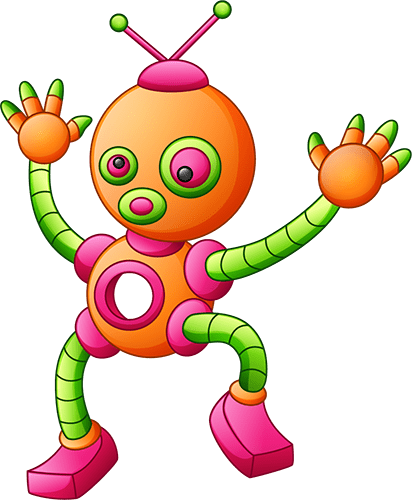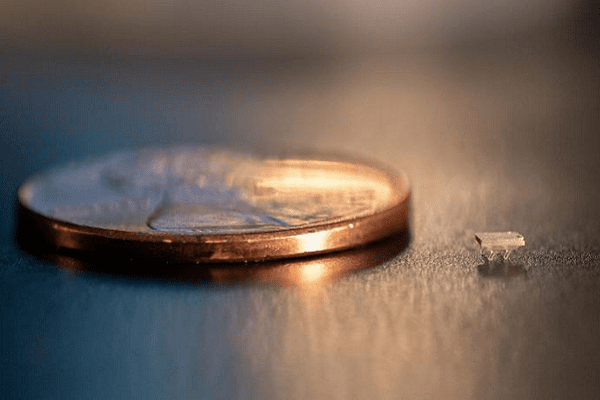Micro Bristle-Bots Dance Us Into The Ant-Sized Future
August 27th, 2019
by Ariel Tokarz

Imagine teeny tiny robots that flow through your bloodstream, targeting specific cells for treatment. Or that swarm together to move materials tens of times their size. Or that sense minuscule changes to the environment.
It may sound like a pipe dream, but researcher Azadeh Ansari, an assistant professor of electrical and computer engineering at the Georgia Institute of Technology, is working to make reality from the wild fantasy.
Ansari’s micro bristle-bots are 3D-printed robots approximately two millimeters long: about the size of the world’s smallest ant.
Just like ants, these bots are incredibly robust for their small size.
Ansari notes that inspiration came from the collective behavior of ants inside a laboratory setting: her team has taken lessons learned from these tiny insects and applied what they could to their swarms of bristle-bots.
Dance, Bristle-Bots, Dance!
The motion of each micro bristle-bot comes from a piezoelectric actuator. It is a piece of unique ceramic material that expands and retracts when mechanical stress is applied, resulting in little strokes of movement.
The actuator comes glued onto a 3D printed polymer body with either four or an ant-like six legs.
When energy is applied to the actuators (generated by a sonar device such as a tiny acoustic speaker), the bot’s springy legs move up and down, propelling it forward in a skittering dance.
Since a bot is the size of an ant, these bristle-like legs are one of the marvels of Ansari and her team’s work.
They designed them with precise angles that allow them to bend and move in only one direction, propelling the bot forward.
How Do the Micro Bristle-Bots Look and Function?
Differing leg size, diameter, and geometry enable each appendage to respond to different vibration frequencies.
The amplitude of the vibrations control the speed at which each bot moves, but all are fast: one bristle-bot can cover a distance of four times its length in a second.
Subtle changes in each design element result in subtle differences in the robot’s ant-inspired activity.
Concept and creation are just the first steps for this project. Next, the team is working on adding a steering capability by joining together two slightly different bots.
One bot would respond to a particular vibration frequency different than the other, allowing the double-bot to be steered by the application of varying vibrations.
With fully steerable bristle-bots, numerous other possibilities open up. Perhaps the next ones will jump, or climb, or swim.
What Comes Next with These Bristle-Bots?
Working at the intersection of many different fields – electronics, mechanics, biology, the applications of these micro-bristle-bots are endless.
Maybe they’ll perform research at the microscopic level with miniature onboard sensors.
They’ll perhaps shuttle materials through tiny spaces inaccessible to other bots.
Or possibly, one day, they’ll carry medicine through your body, providing relief without you ever even knowing they’re there.
What is clear is that Azadeh Ansari has earned her rightful place among the most important female engineers and inventors with a strong contribution to making the world a better place.

Further Reading
Georgia Tech. Tiny Vibration-Powered Robots are the Size of the World’s Smallest Ant. [https://www.news.gatech.edu/2019/07/16/tiny-vibration-powered-robots-are-size-worlds-smallest-ant]
Journal of Micromechanics and Microengineering. A 5 mg micro-bristle-bot fabricated by two-photon lithography. [https://iopscience.iop.org/article/10.1088/1361-6439/ab309b]
New Atlas. Ant-sized robots move by pickin’ up good vibrations. [https://newatlas.com/micro-bristle-bots/60635/]
Photo courtesy of Allison Carter, Georgia Tech
Want more science now?
Check out our news page where we post interesting studies and discussions (sometimes mocking them mercilessly) for more.
